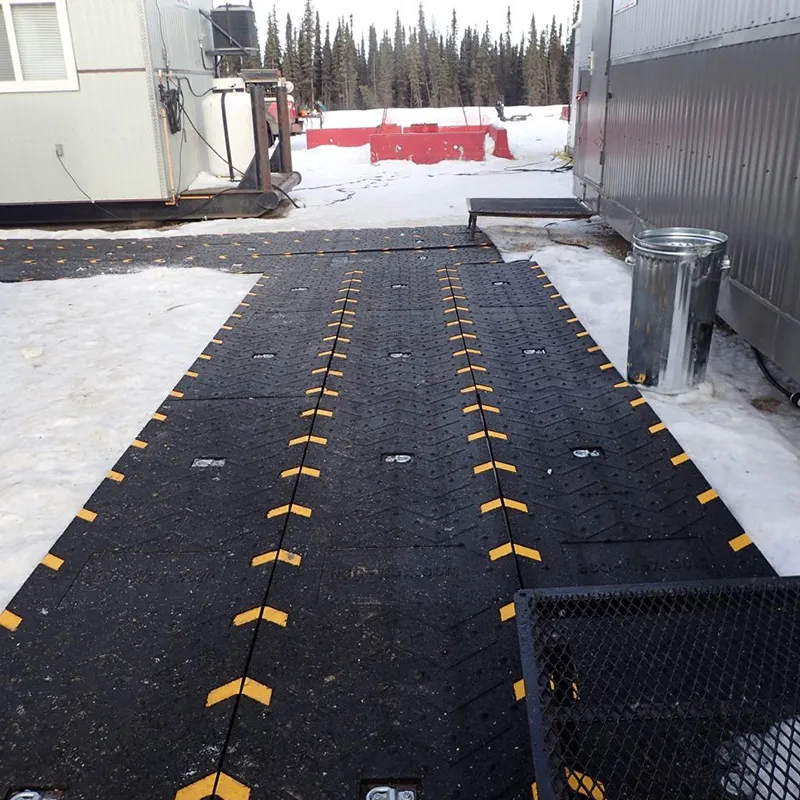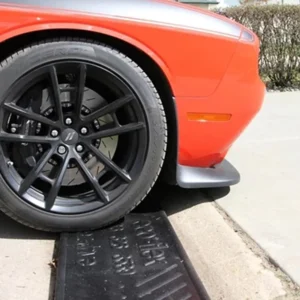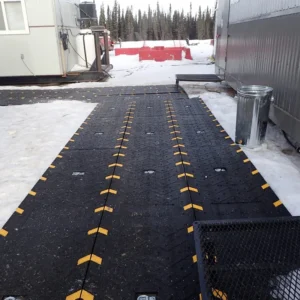As industries move towards sustainability, reclaimed rubber is emerging as a key solution for reducing waste, cutting costs, and improving efficiency. Let’s explore the different types of reclaimed rubber, their unique benefits, and their wide-ranging applications.
Butyl Reclaimed Rubber
Key Benefits of Butyl Reclaimed Rubber
Eco-Friendly Choice: Recycling and repurposing used butyl rubber significantly reduces landfill waste and promotes environmental conservation.
Energy Efficiency: Manufacturing butyl reclaim rubber consumes far less energy than producing new rubber, helping to lower carbon emissions and combat climate change.
Cost Savings: A budget-friendly alternative to virgin rubber, butyl reclaim allows rubber manufacturers to minimize production costs while supporting sustainable initiatives.
Superior Performance: Butyl reclaim retains excellent elasticity, durability, and gas impermeability, making it a dependable option for various industrial uses.
Butyl reclaim rubber is widely used in inner tubes for automotive tires, providing superior air retention and sealing properties essential for airtight applications.
Whole Tyre Reclaimed Rubber (WTR)
Key Benefits of WTR Rubber
Sustainability at its Core: Made from recycled tire rubber, WTR reclaim reduces waste and contributes to a circular economy.
High Elasticity & Resilience: Its exceptional durability makes it ideal for heavy-duty applications, including tire manufacturing.
Budget-Friendly Alternative: As a recycled material, WTR reclaim significantly reduces manufacturing costs while maintaining high-quality standards.
Versatile & Reliable: With consistent performance across industries, WTR reclaim is a valuable material in multiple applications.
WTR reclaim rubber is commonly used in the manufacturing of automotive tires, conveyor belts, industrial rubber mats, and other durable rubber products that require high elasticity and strength.
EPDM Reclaimed Rubber
Key Benefits of EPDM Reclaimed Rubber
Eco-Friendly & Sustainable: Derived from recycled EPDM rubber, it supports environmental conservation by reducing rubber waste.
Exceptional Weather Resistance: EPDM reclaim withstands harsh weather conditions, UV rays, and extreme temperatures, making it ideal for outdoor use.
Reliable Performance: Provides consistent strength, flexibility, and durability, ensuring high-quality results.
Cost-Effective Manufacturing: As a recycled product, EPDM reclaim offers substantial savings while delivering reliable performance.
EPDM reclaimed rubber is widely utilized in roofing materials, gaskets, wire insulation, automotive components, and industrial seals, making it a preferred material for weather-resistant applications.
Chlorobutyl Reclaimed Rubber
Key Benefits of Chlorobutyl Reclaimed Rubber
Sustainable Manufacturing: Recycled from chlorobutyl rubber waste, it helps reduce environmental impact while maintaining efficiency.
Superior Chemical Resistance: Offers exceptional protection against corrosive substances, making it ideal for demanding applications.
Excellent Gas Impermeability: Its airtight properties make it an excellent choice for inner tubes, tire liners, and other sealed applications.
Durability & Strength: Chlorobutyl reclaim rubber provides long-lasting performance, extending the lifespan of rubber products.
Chlorobutyl reclaim rubber is extensively used in automotive, pharmaceutical, and chemical industries for manufacturing inner tubes, tire liners, tank linings, and closures that require superior gas and chemical resistance.
Conclusion
Reclaimed rubber is a cost-effective, high-performance solution that helps industries minimize waste, lower production costs, and promote sustainability. Whether in automotive, construction, or industrial applications, reclaimed rubber is leading the way toward an eco-friendly future.



